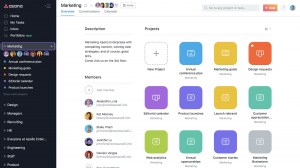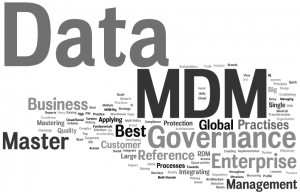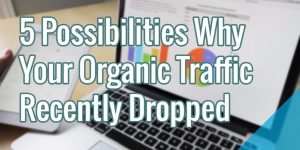
To grow, or even survive, in the crowded markets of today means seeking, continually connecting and competing in new and untapped markets. This means export markets need to be exploited with all the potential costs this may involve.
These costs can include the translation of hard-copy marketing collateral, data and specification documents, local market press advertising and the appointment of local sales representatives.
Flying blind
And that’s just to start. It’s costly, it’s out of your direct control and it’s impossible to measure target audience interest. Add to this the inability to monitor the content and quality of the locally-delivered sales messages, and you are entering unknown territories.
What this means is unlike back a decade, when markets were not so crowded, the gap to return on investment (ROI) will be large, and at least in the initial stages the extent of the gap will be for all practical purposes, incalculable.
Fast-track to nowhere
This is massively fertile ground for e-exporting, but to do this effectively requires know-how and careful planning. And while the digital route to market will be quicker, more cost efficient and offer greater control through measurability, it also requires precise targeting.
That is because as I write this there are currently 938,437,901 websites online, and you are about to join them. And unless you’ve planned and rolled out your digital presence with pin-sharp precision, then you’re going to have a long wait for any kind of action.
Bring it all back home
 Contrary to common belief, you don’t have to necessarily visit target markets to understand them, or even engage a local digital agency to penetrate them and ensure success, but you do need a very clear picture of target audiences and what they want from you.
Contrary to common belief, you don’t have to necessarily visit target markets to understand them, or even engage a local digital agency to penetrate them and ensure success, but you do need a very clear picture of target audiences and what they want from you.
And while your business may have solid markets in, say, UK and Germany, making any kind of assumption based on these key market metrics is misguided. You need hard facts, and you need detailed research. This is available both commercially and through national government organisations, such as UKTI in the UK.
Knowledge is power
We’ve established that you don’t need to necessarily visit your target markets but that said, you do need to have a very clear understanding of each target market sector, how it works, and what the entry points are.
It is also critical to have a very clear understanding of the marketing push channels and the channel pull opportunities in selected markets, and to tie this to a marketing communications calendar and pipeline.
Lost in translation
While you are looking to maximise ROI, developing an effective web presence requires the services of an internationally focused digital marketing agency. There is an allegory here that says the agency should have a local presence in your target markets to understand them.
This is not the case because a transnational agency, rather than being mired in a country and its cultural chauvinism will, through close cultural research work hard to gain a clear and concise knowledge of the target market to deliver precise audience centric communications.
And that’s one thing using a non-domicile agency really helps with: they take nothing for granted, and research everything to ensure absolute resonance with target groups. This is a big subject, and next week we’ll discuss how there’s more to target market visibility and success than simple local language translation.
This post was originally published on the Novacom blog.
(229)






